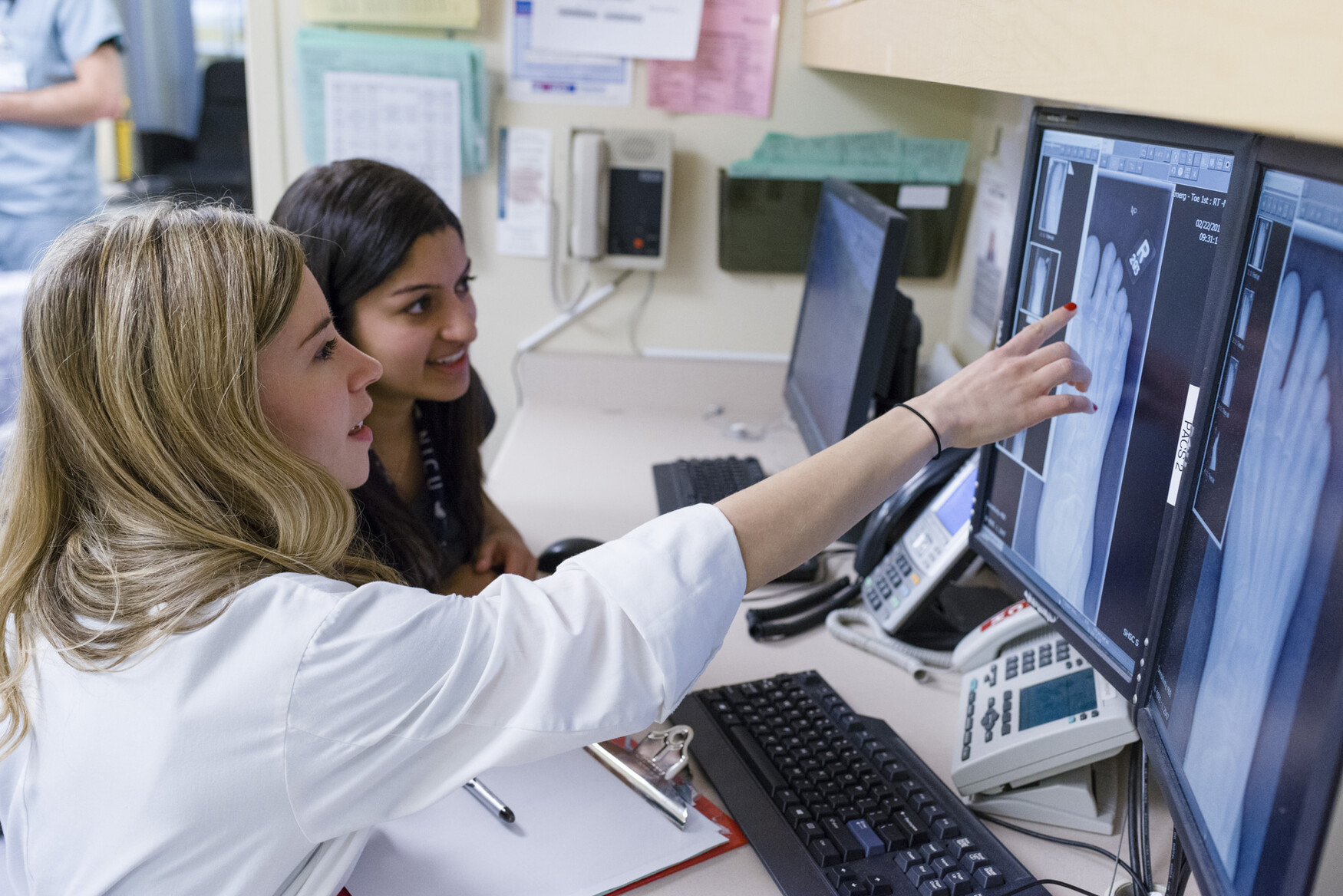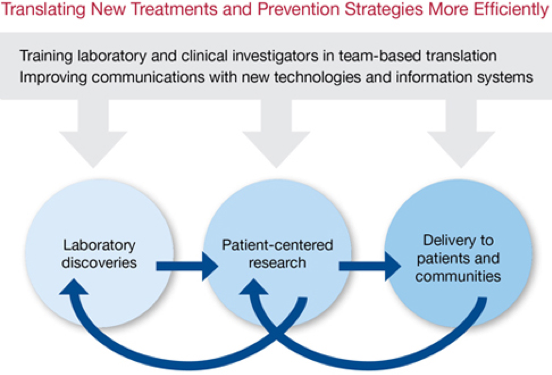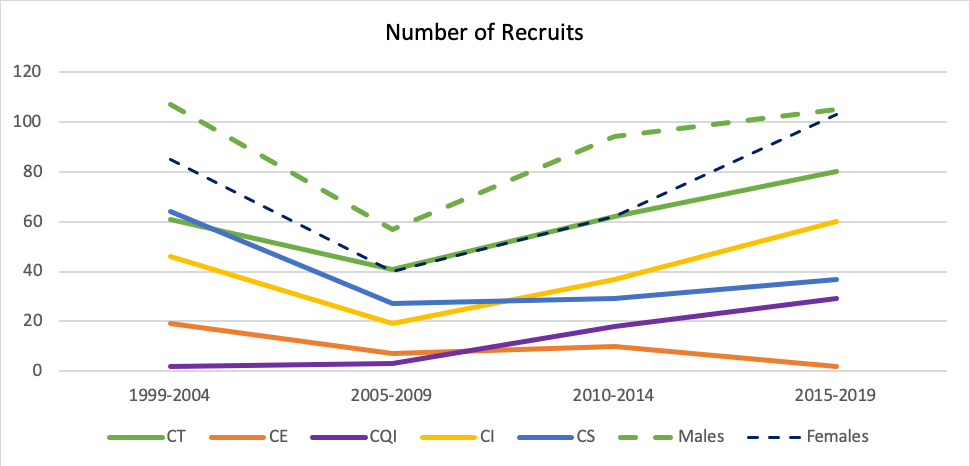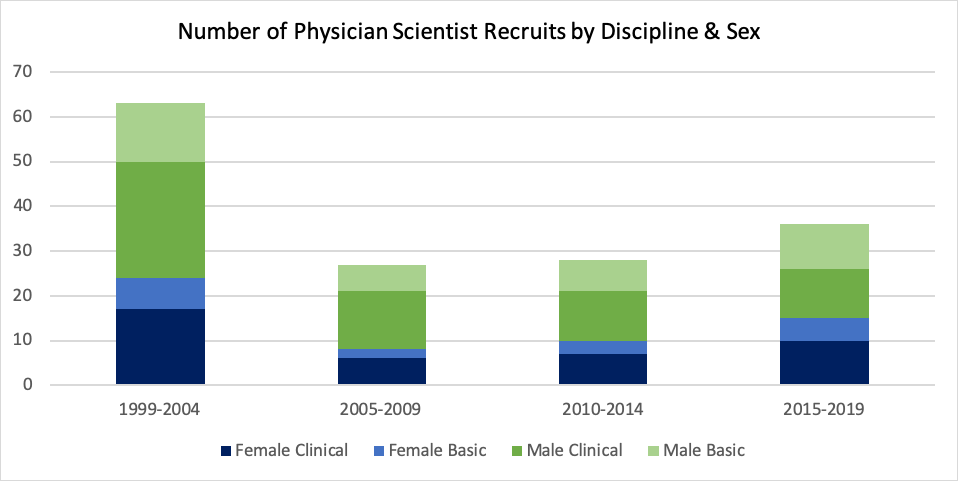Main Second Level Navigation
Jan 14, 2020
Chair's Column: Physician Scientists in Medicine: An Endangered Species?
About Us, Cardiology, Clinical Immunology & Allergy, Clinical Pharmacology & Toxicology, Division of Dermatology, Education, Emergency Medicine, Endocrinology & Metabolism, Faculty, Gastroenterology & Hepatology, General Internal Medicine, Geriatric Medicine, Hematology, Infectious Diseases, Medical Oncology, Nephrology, Neurology, Occupational Medicine, Palliative Medicine, Physical Medicine & Rehabilitation, Quality & Innovation, Respirology, Research, Rheumatology


 Happy New Year everyone! I hope you got some downtime to recharge batteries, get some exercise, eat well and spend some time with loved ones. As we kick off the new year, I want to use this Chair’s Column to talk about an important topic: the pipeline of Clinician and Physician Scientists.
Happy New Year everyone! I hope you got some downtime to recharge batteries, get some exercise, eat well and spend some time with loved ones. As we kick off the new year, I want to use this Chair’s Column to talk about an important topic: the pipeline of Clinician and Physician Scientists. The report of the American physician scientist workforce
The report of the American physician scientist workforce  Between 1999 and the end of 2019, we recruited 669 full time clinical faculty members (approximately 30 per year). Patterns of recruitment over time are shown in the figure below, by position descriptions and for overall male and female faculty.
Between 1999 and the end of 2019, we recruited 669 full time clinical faculty members (approximately 30 per year). Patterns of recruitment over time are shown in the figure below, by position descriptions and for overall male and female faculty.  Over the past two decades, we have recruited 154 full-time faculty members as Clinician Scientists, which represents almost one-quarter of our recruits (23%); of these, 60 (39%) were recruited to do basic science research and, of the 60 basic science recruits, 17 were female (28.3%).
Over the past two decades, we have recruited 154 full-time faculty members as Clinician Scientists, which represents almost one-quarter of our recruits (23%); of these, 60 (39%) were recruited to do basic science research and, of the 60 basic science recruits, 17 were female (28.3%). 